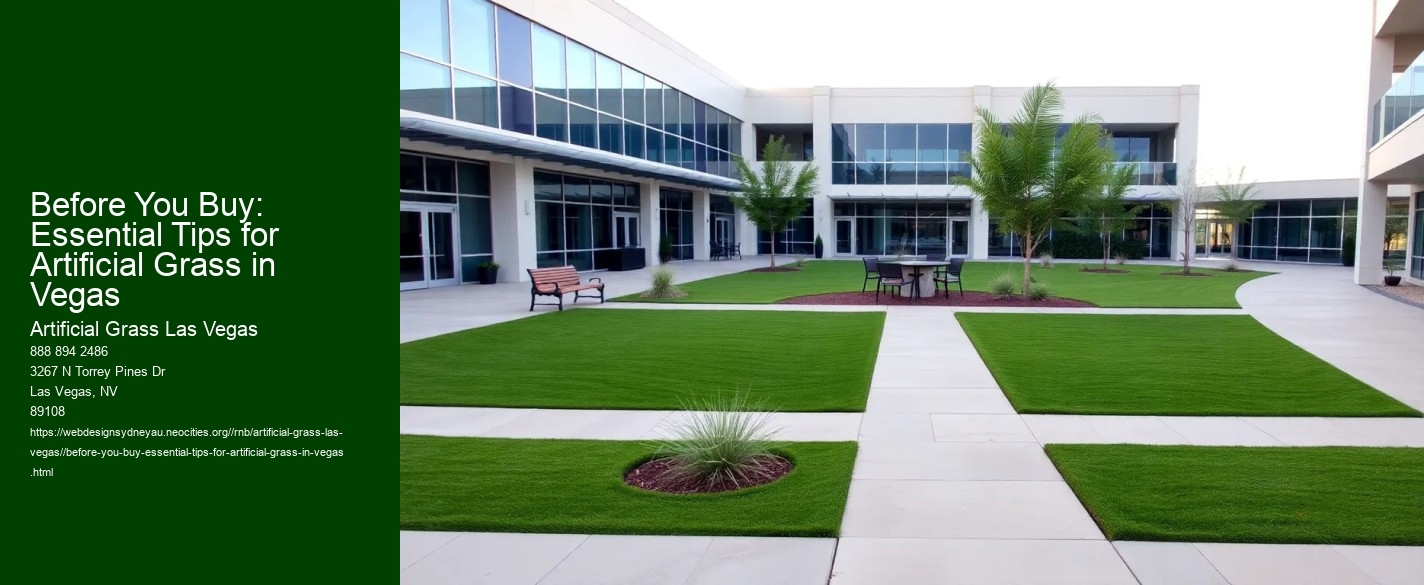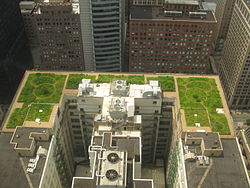Choosing the Right Synthetic Grass Type for Your Vegas Yard
Okay, so youre thinkin bout ditchin that water-guzzlin real grass for some artificial turf in your Vegas yard, huh? Quality Artificial Grass in Las Vegas Nevada. Smart move! But hold on a sec, before you just jump right in and buy the first roll you see, lets talk about choosin the right synthetic grass type. Its not as simple as ya might think!
(Seriously, theres way more to it than just "green stuff.")
See, Vegas aint exactly known for its mild weather. Were talkin scorching summers and, well, not much winter. You dont want somethin thats gonna melt under the desert sun or feel like straw after a few months. Thats why pickin the right type is crucial.
Youll wanna consider factors like the pile height (how tall the blades are), the density (how many blades per square foot), and the material its made of. For heavy foot traffic-think kids playin or dogs runnin around-youll need somethin durable and resilient. A shorter, denser turf is usually best for that. But for a more luxurious, realistic look, you might opt for a taller pile height. (Just remember it might require more maintenance!)
And dont forget about the infill! Thats the stuff that goes between the blades to help it stand up and provide cushioning. Theres silica sand, acrylic-coated sand, and even crumb rubber. Each one has its pros and cons so do your research!
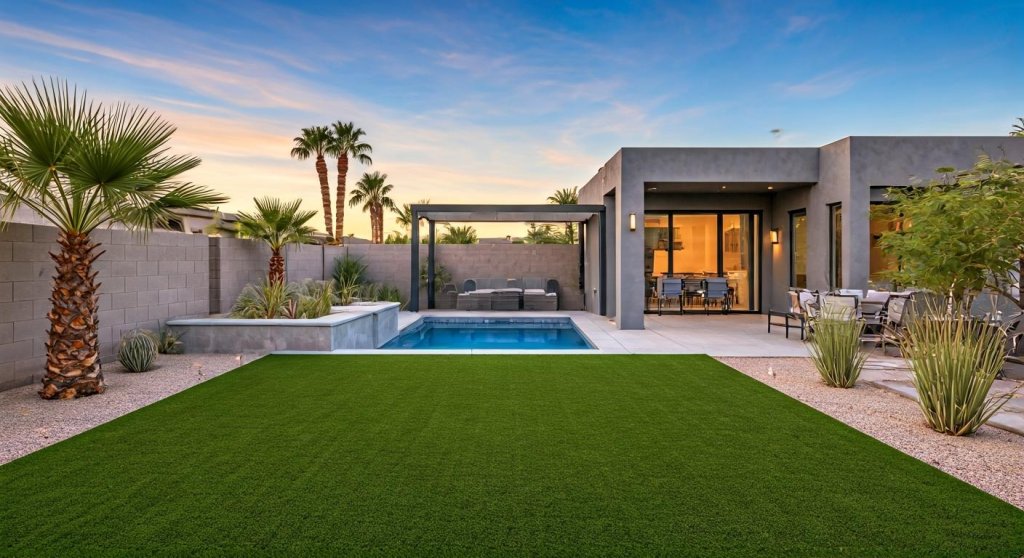
Choosing the right synthetic grass is important for your yard, its not like buying a pack of gum. Its an investment, so ya better make sure its somethin youll be happy with for years to come. Whoa! Dont just listen to the salesperson, do your own homework and check out different samples. Trust me, you wont regret it!
Understanding Installation Costs and Maintenance Fees in Las Vegas
Okay, so youre thinking bout gettin that sweet artificial turf in Vegas, huh? Smart move! But hold on a sec, before you jump in headfirst, lets talk moolah. Understanding installation costs and maintenance fees is, like, super important.
First off, dont think its just the price of the grass (the synthetic stuff, obviously!). Synthetic Grass For Side Yards Las Vegas Nah, theres way more to it than that. Installation aint free, yknow? You gotta factor in the labor. Think about it: someones gotta prep the ground, lay the turf perfectly, and secure it (gotta make sure it doesnt fly away in a desert wind!). Different companies charge different rates, so definitely get, like, three or four quotes. Make sure they include everything--materials, labor, and any extra charges (like haul-away of old grass, if thats whats happenin).
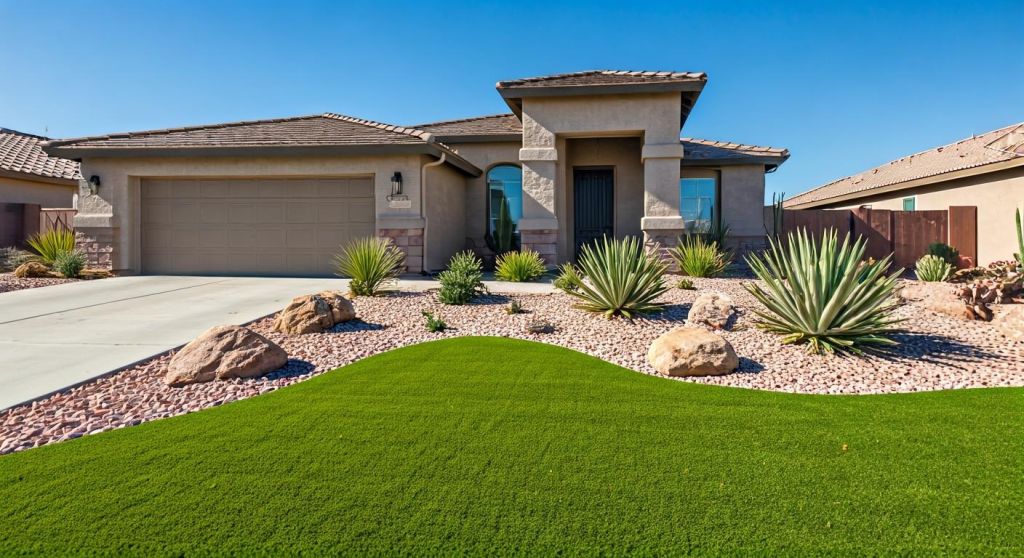
And then, theres maintenance. It aint gonna be completely maintenance-free, no way. Youll probably need to hose it down now and then, especially if you got pets (ew, dog poop!). And you might wanna brush it every so often to keep the blades lookin perky. Some companies will offer maintenance packages, but they arent always necessary! You can totally DIY a lot of it. But consider if youre someone wholl actually do it, or if youd rather pay someone else to. Its about finding that right balance, yknow?
Don't ignore those hidden costs. There could be unforeseen expenses (like if they hit a rock while excavating, oops!). So, make sure to have a little wiggle room in your budget. Its always better to be prepared, right?
So, yeah, do your homework. Get those quotes, ask questions, and dont be afraid to negotiate! Its your money, after all. Understandin these costs upfront will save you a major headache (and a potential wallet-ache) later on. Good luck with your artificial grass adventure!
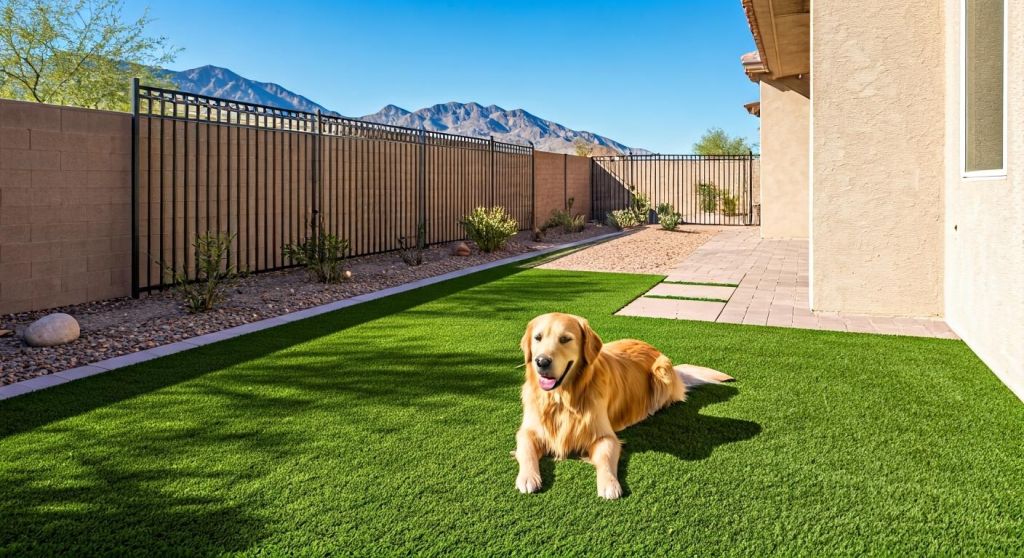
Factors to Consider When Selecting an Installer in the Las Vegas Area
Okay, so youre thinkin bout gettin some artificial grass in Vegas, huh? Smart move! That desert sun aint exactly kind to real lawns. But before ya jump right in, lemme tell ya, pickin the right installer is, like, super important. Its not just about finding the cheapest dude with a truck. Trust me.
First off, ya gotta see their work! Ask for a portfolio, or even better, ask for addresses of jobs theyve already done. Drive by! See if the edges are clean, if the seams are invisible (or close to it!), and if the whole thing just looks… well, realish. Dont be afraid to be nosy.
Next, check their experience.
Before You Buy: Essential Tips for Artificial Grass in Vegas - Synthetic Grass For Side Yards Las Vegas
- Las Vegas Fake Grass With Warranty
- Synthetic Grass For Rooftops Las Vegas
- Las Vegas Turf For Xeriscaping
Also, and this is big, make sure theyre licensed and insured! (Seriously, dont skip this step.) You wouldnt want to be liable if somebody gets hurt on your property during the install, would ya?!
And get multiple quotes!
Before You Buy: Essential Tips for Artificial Grass in Vegas - Synthetic Grass For Side Yards Las Vegas
- Las Vegas Hoa Approved Turf
- Desert Landscaping With Turf Las Vegas
- Realistic Artificial Grass Las Vegas
Finally, read some reviews! See what other folks in Vegas are sayin bout em. Yelp, Google, even the Nextdoor app can be goldmines for honest opinions. Listen to your gut! If something feels off, it probably is. Gosh, its like picking a doctor.
Choosing the right installer isnt somethin ya wanna rush. Do your homework, ask the right questions, and youll be enjoyin that lush, green lawn (without all the waterin) for years to come! Good luck with your project!
Long-Term Benefits of Artificial Grass in High Desert Climates Like Vegas
Okay, so youre thinkin bout ditchin that sad, crunchy lawn for some artificial grass in Vegas, huh? Smart move! But before ya jump in, lemme tell ya bout the long-term benefits, specially in this high desert climate. It aint just bout havin a green patch all year round (though thats a definite plus!).
Think about it: water conservation! Vegas isnt exactly known for its rainy days, is it? With artificial turf, youre basically tellin your water bill to take a hike. You wont be spendin a fortune tryin to keep real grass alive in that scorchin sun. And speaking of sun, that fake grass is surprisingly durable against UV damage. It aint gonna fade and crack as easily as you might think (well, good stuff anyway!).
Now, maintenance? Fuggedaboutit! No more mowin, weedin, or fertilizin. (Seriously, who has time for that?!). You might need to rinse it off now and then, maybe brush it, but thats it. Plus, think about the chemicals youre not usin. No pesticides, no herbicides… healthier for your kids, your pets, and the environment. Its a win-win!
And lets not forget about the money, honey. Sure, the initial investment is more than seed, but over the years, all those water savings, the lack of lawn care costs...it adds up! Youll be laughin all the way to the bank. So, yeah, artificial grass in Vegas? Its an investment that keeps on givin. Just do your research, pick a good installer, and get ready to enjoy a beautiful, hassle-free lawn for years to come!
